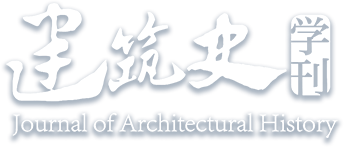Abstract:
The myriad of mountainous cities in Sichuan during Southern Song dynasty serve as examplary cases of traditional Chinese urban planning practices intertwined with the natural landscape among which the “Eight Pillars of Central Sichuan” stand as the epitome of these mountainous cities. By adopting a lens of regional holistic security, the paper delves into the regional system and spatial configuration of these cities, transcending the confines of singular mountain city analyses. This macro-level perspective illuminates the construction and layout of mountainous cities in Southern Song Sichuan, revealing the underlying forces shaping their existence and consolidating the unique spatial traits of these cities. The investigation into the urban spatial patterns of the “Eight Pillars in Central Sichuan” not only bears significant implications for the preservation of mountainous ruins and historical towns, but also offers invaluable reference of construction of ancient mountainous city as well as insights for contemporary urban planning and development endeavors.


 下载:
下载: